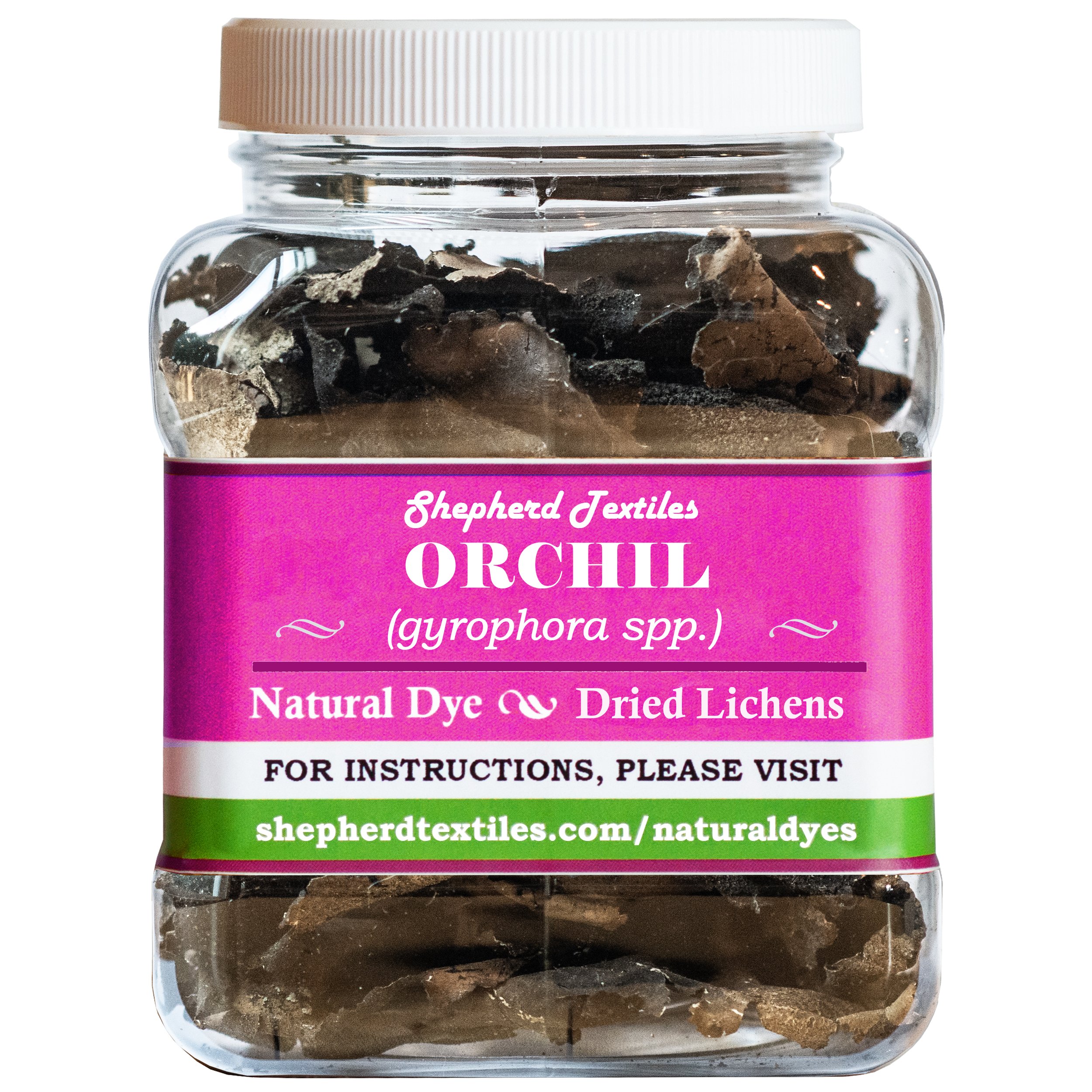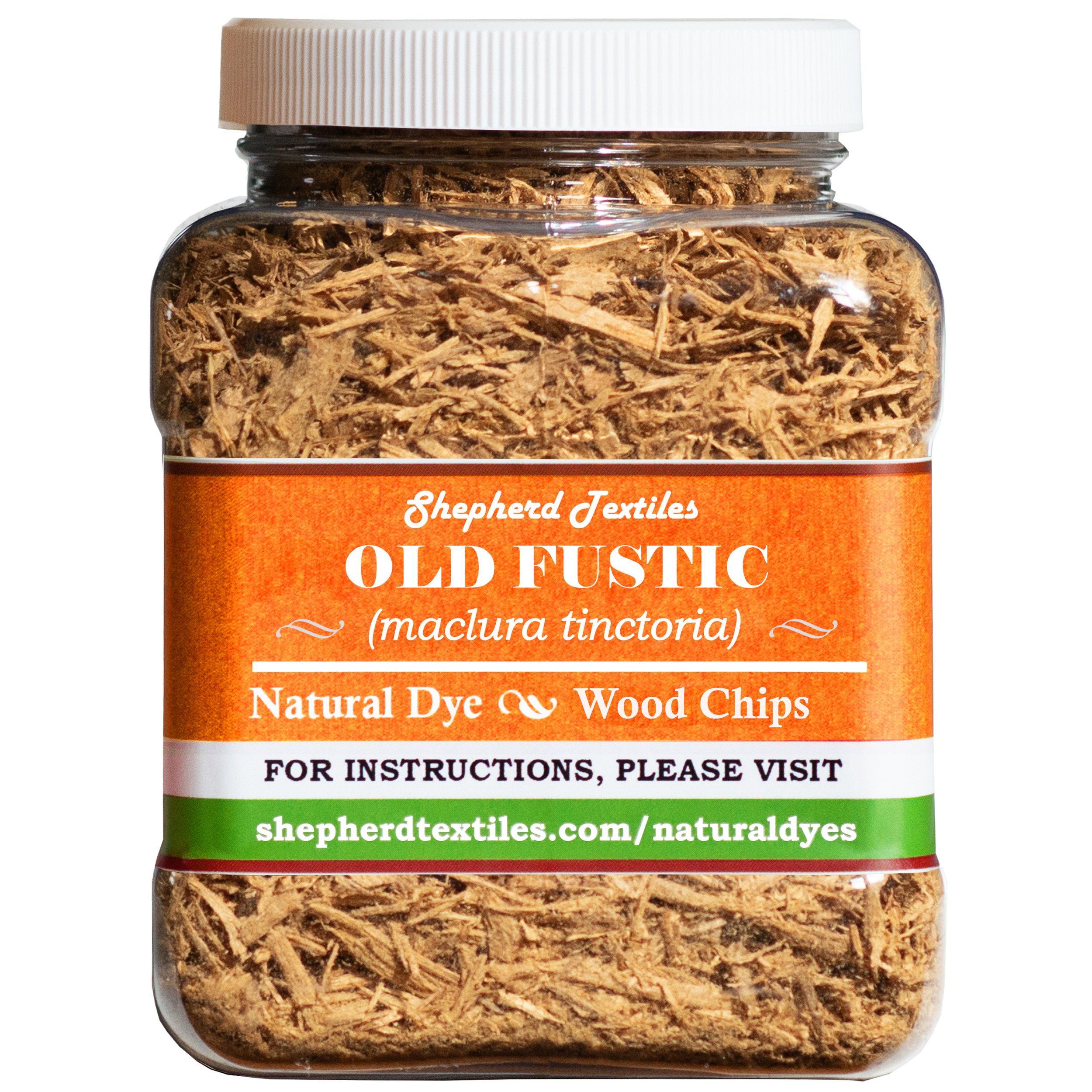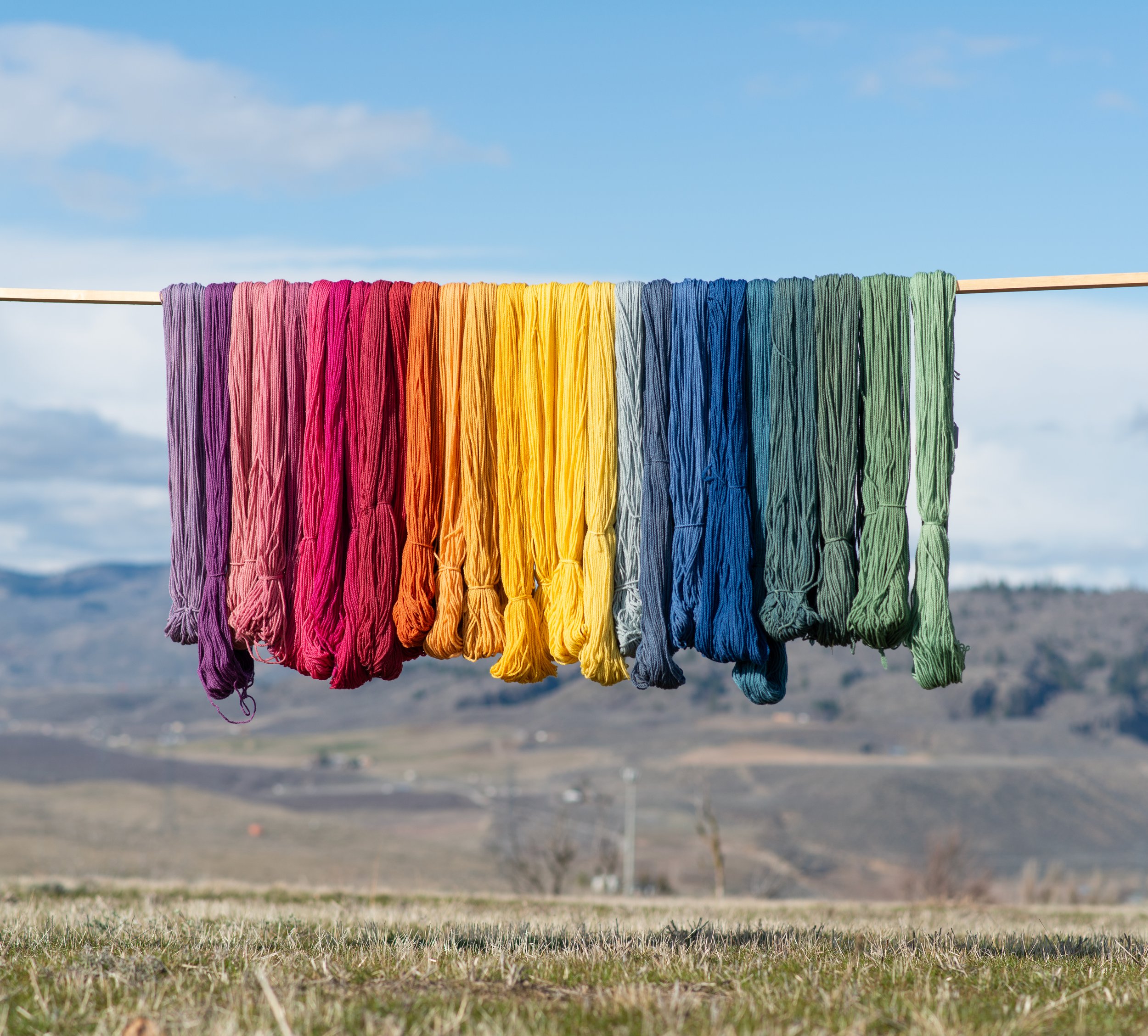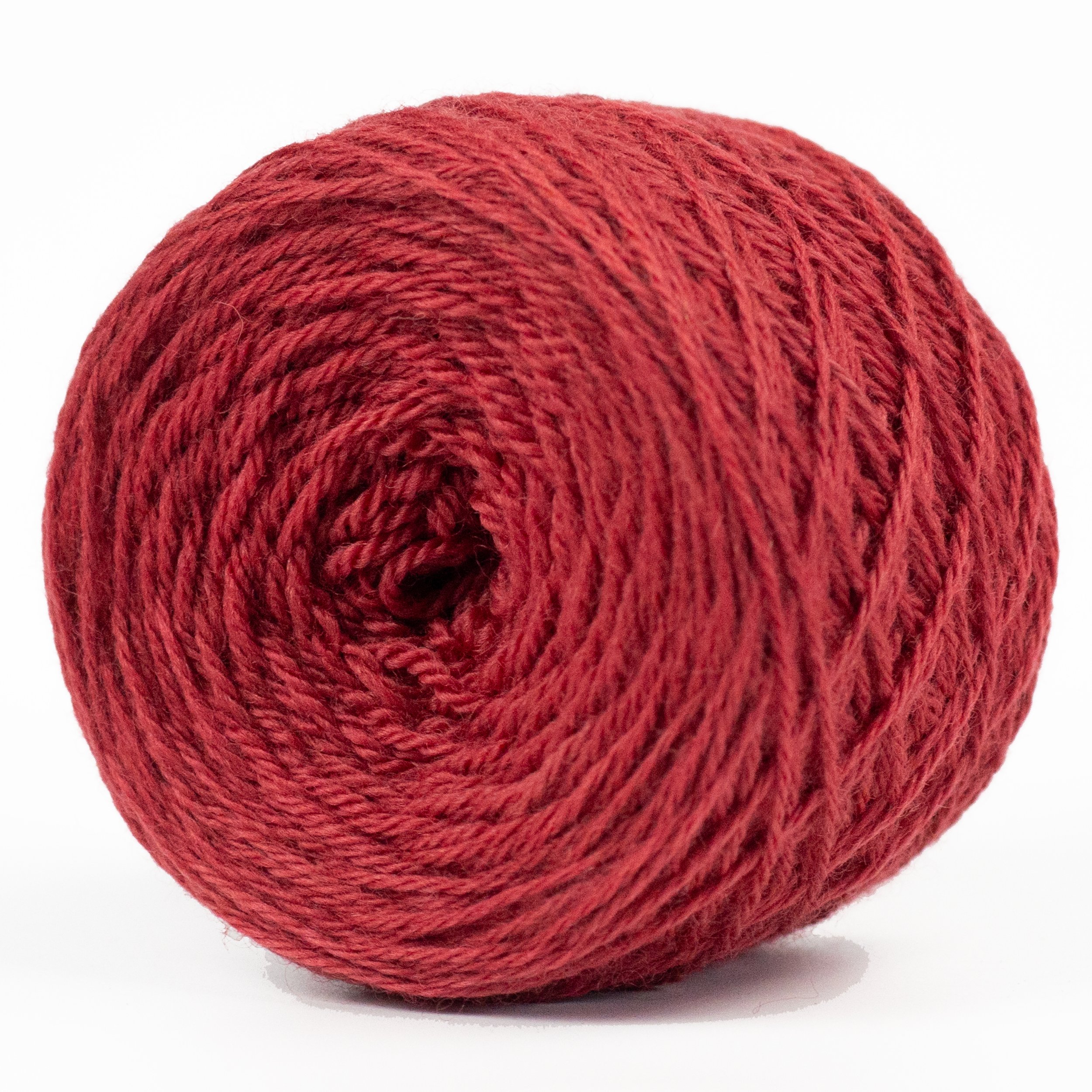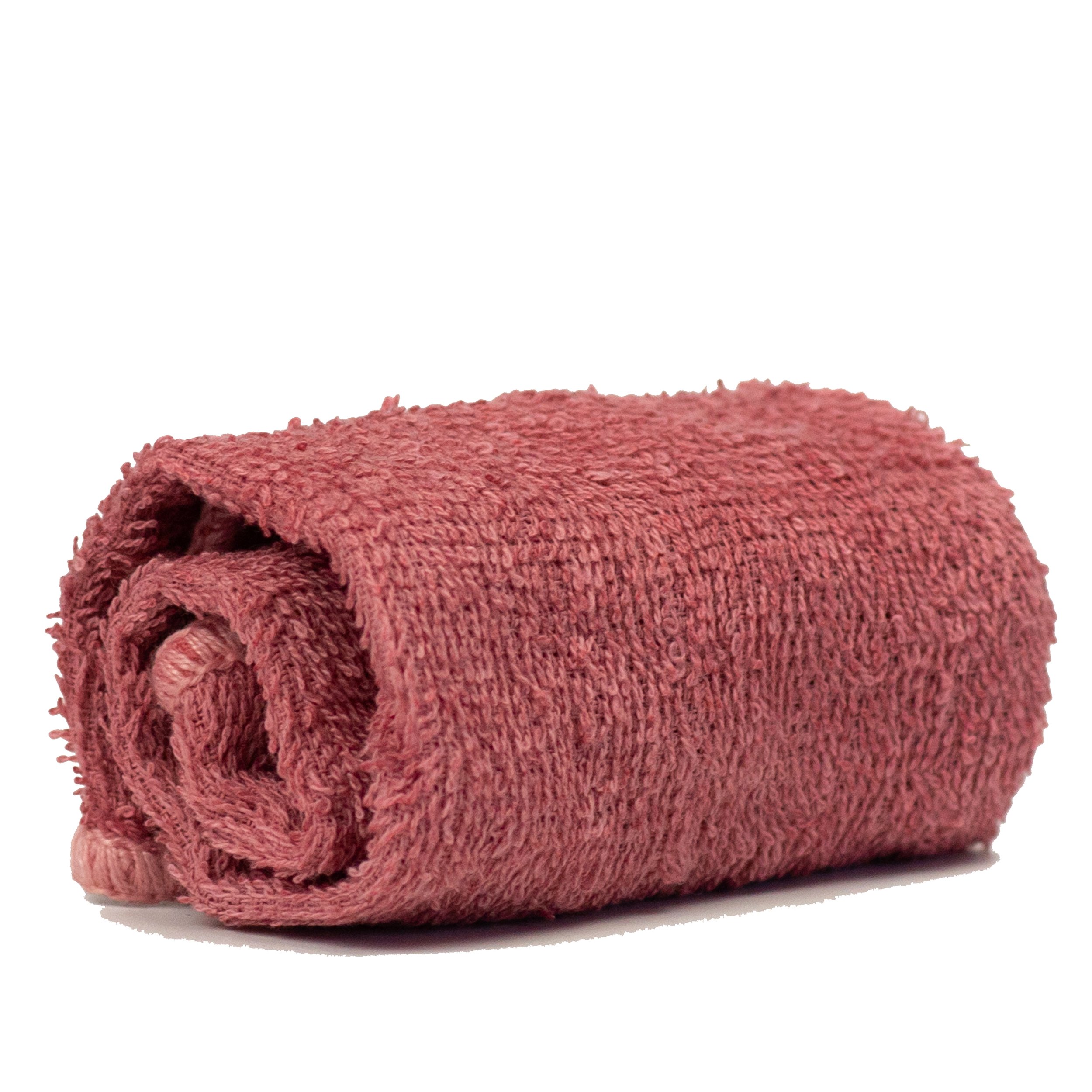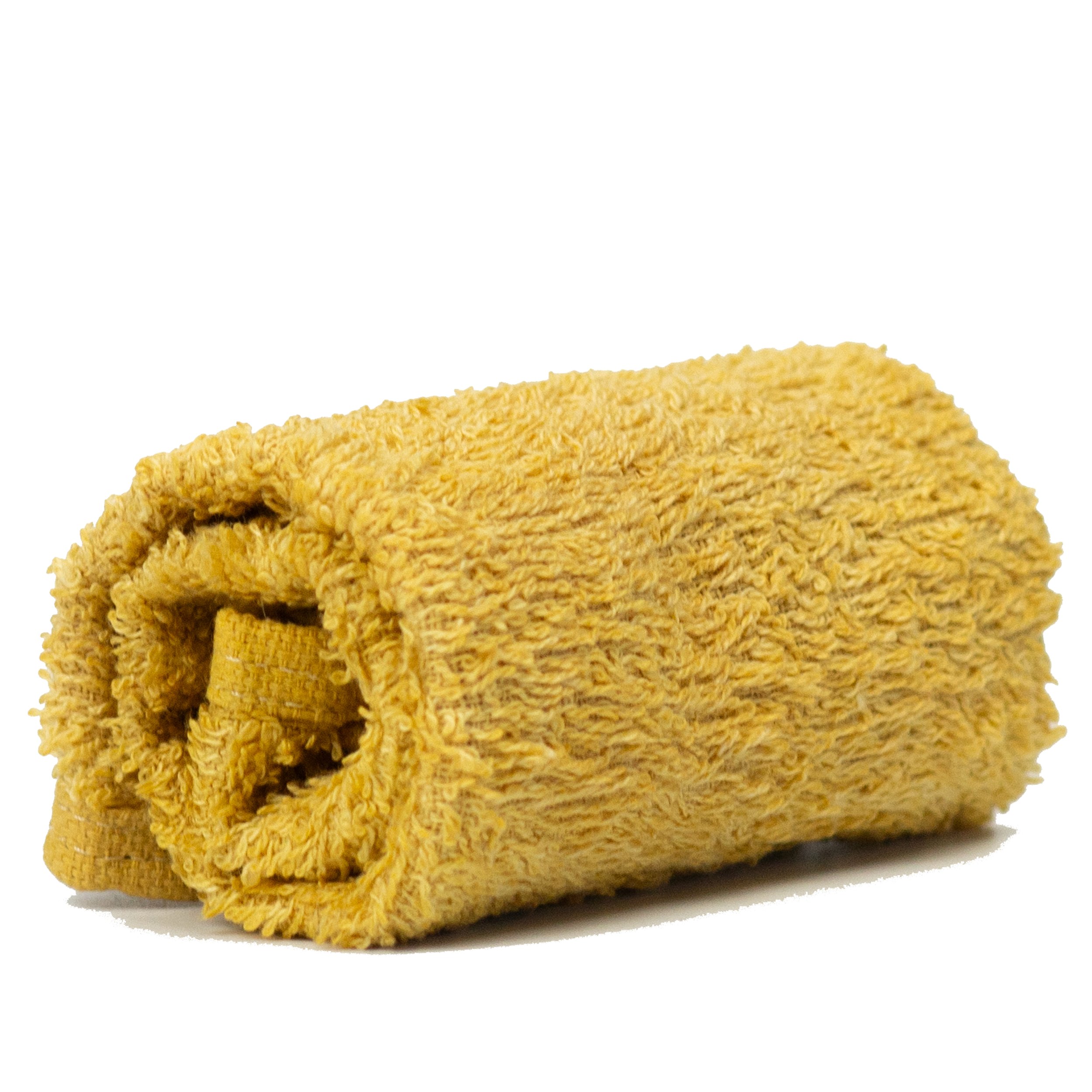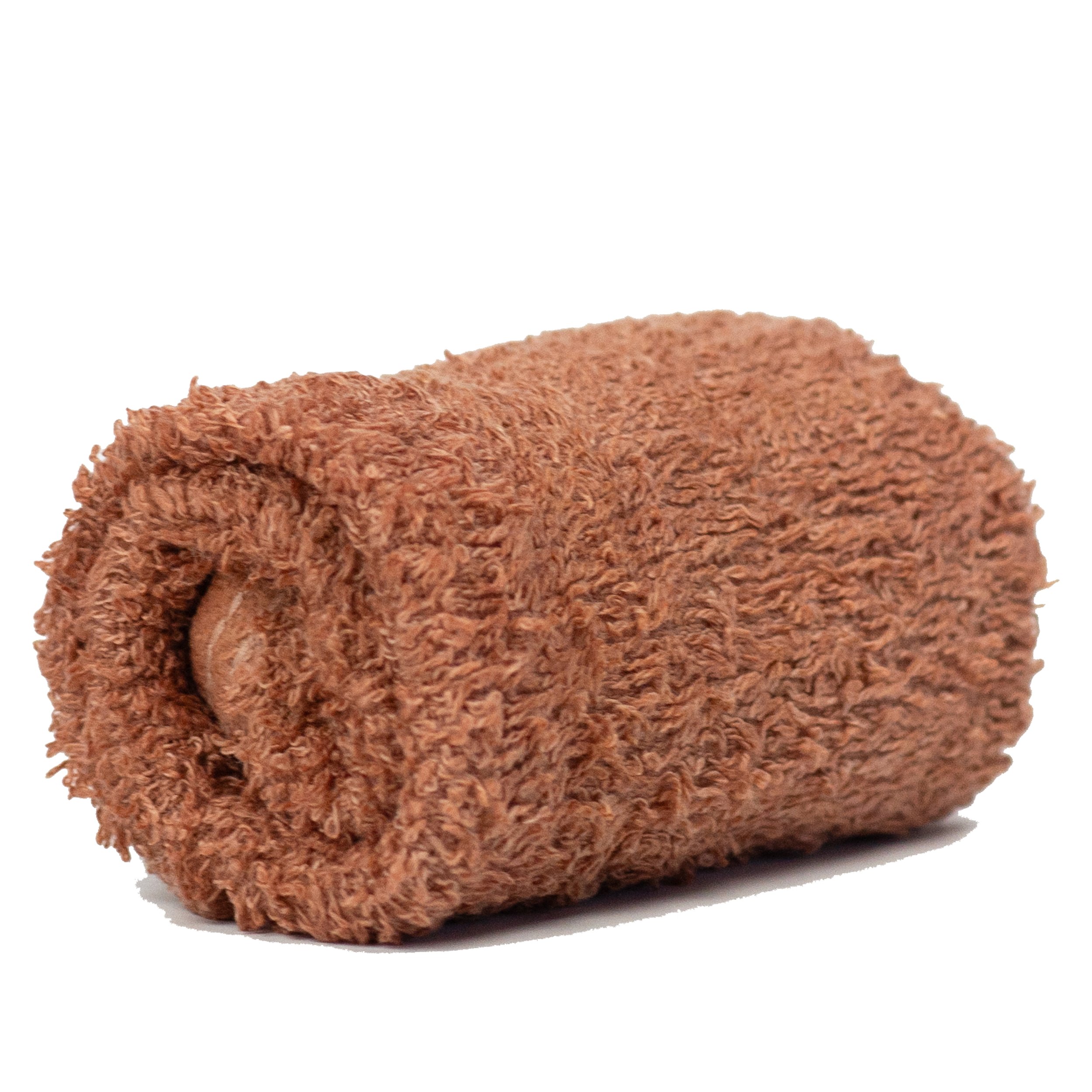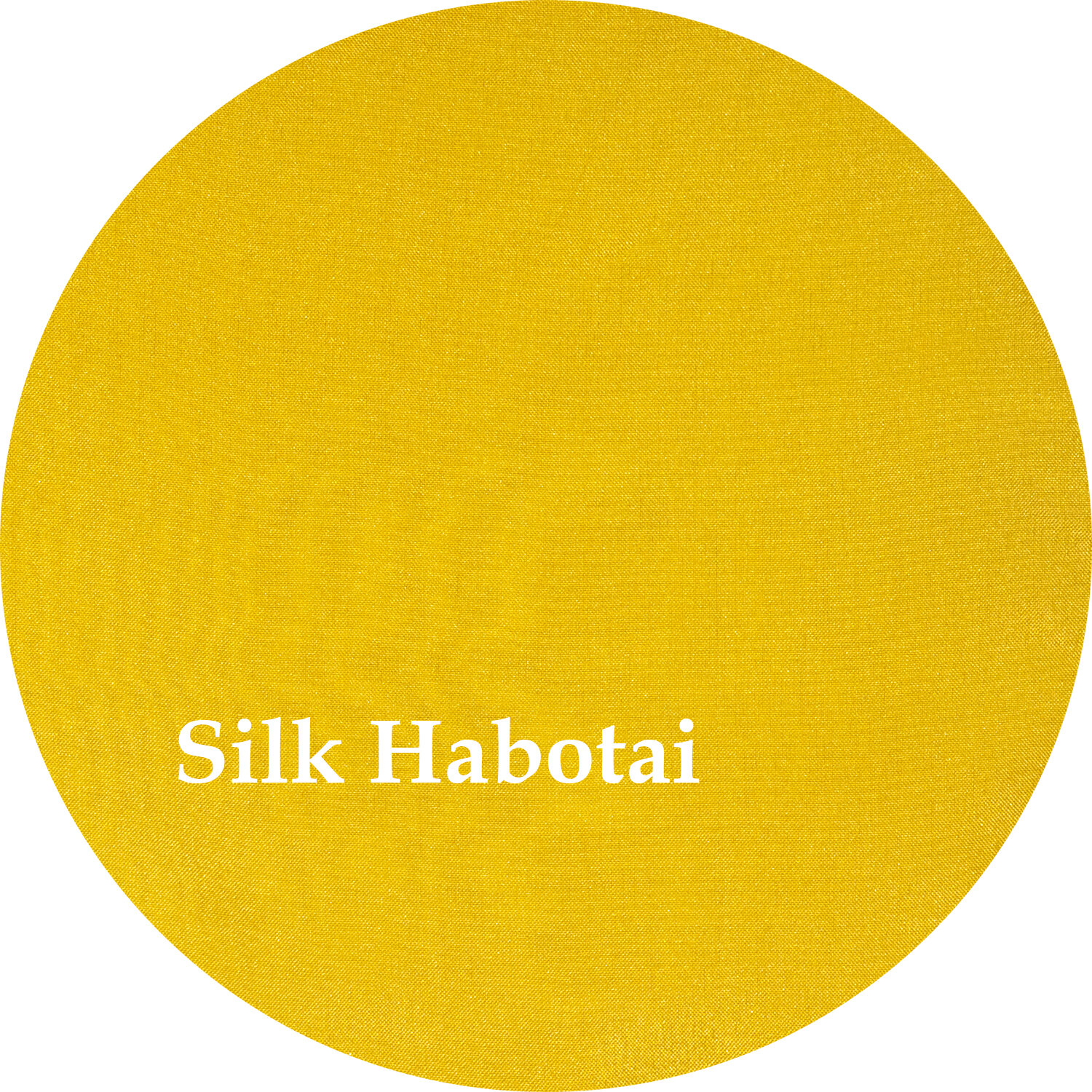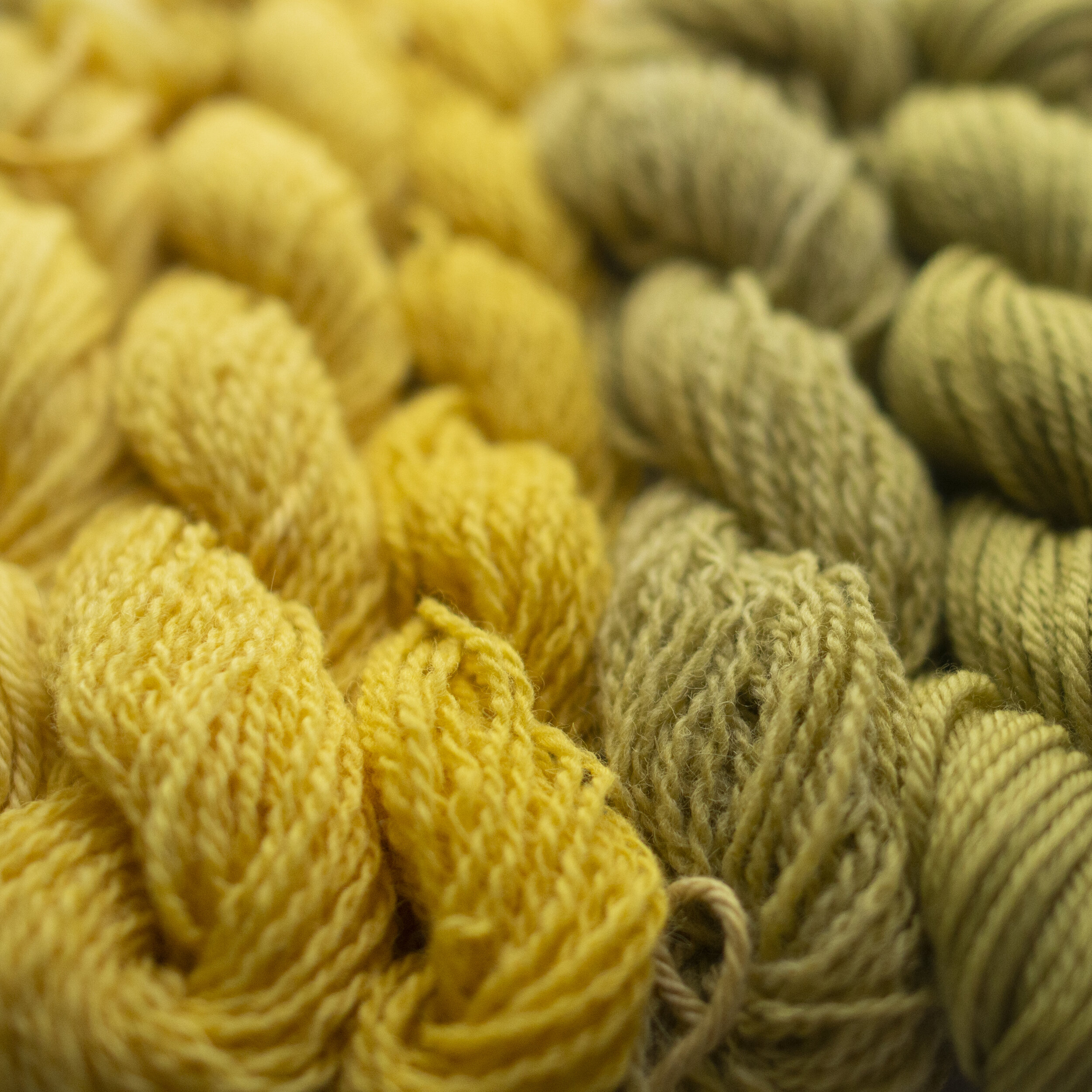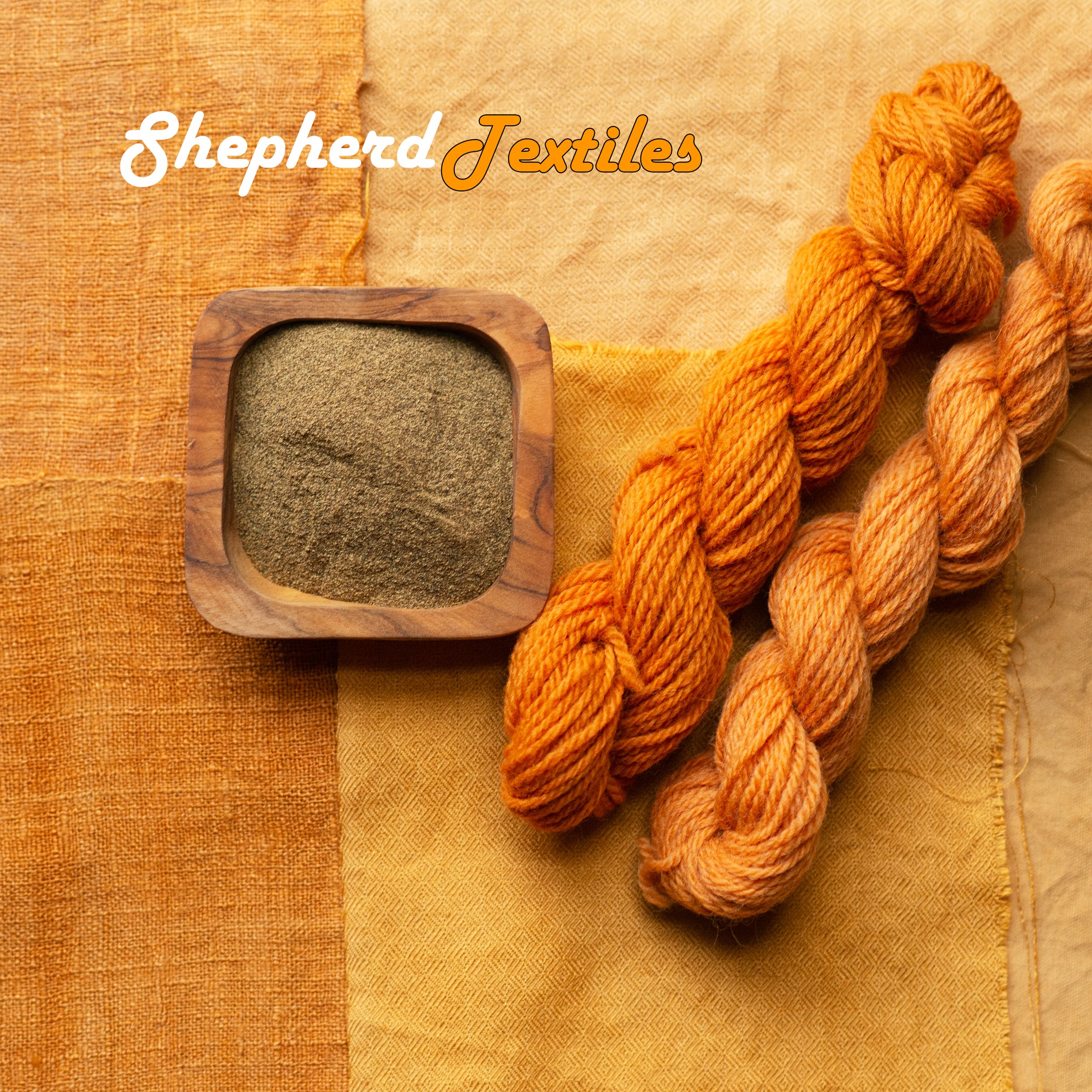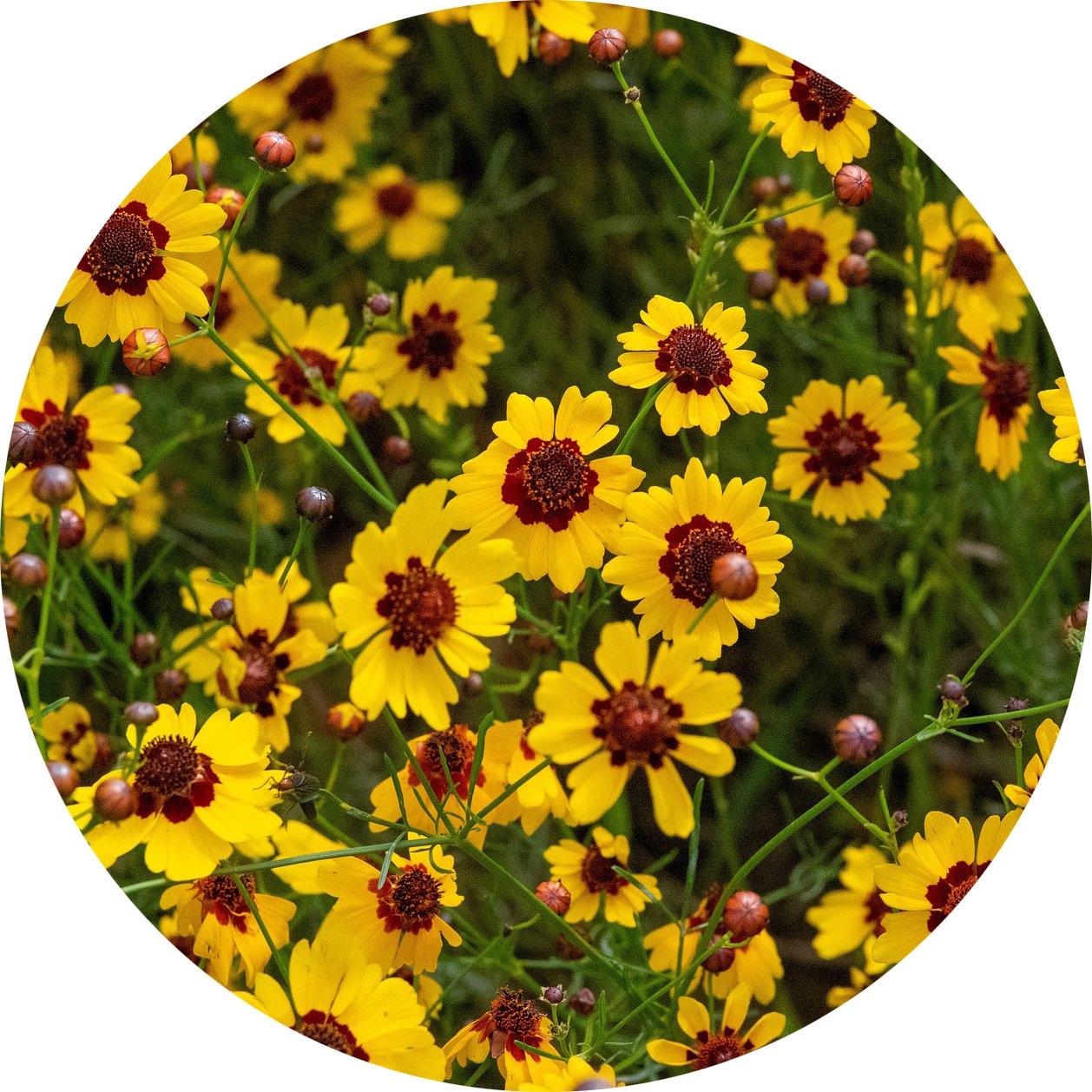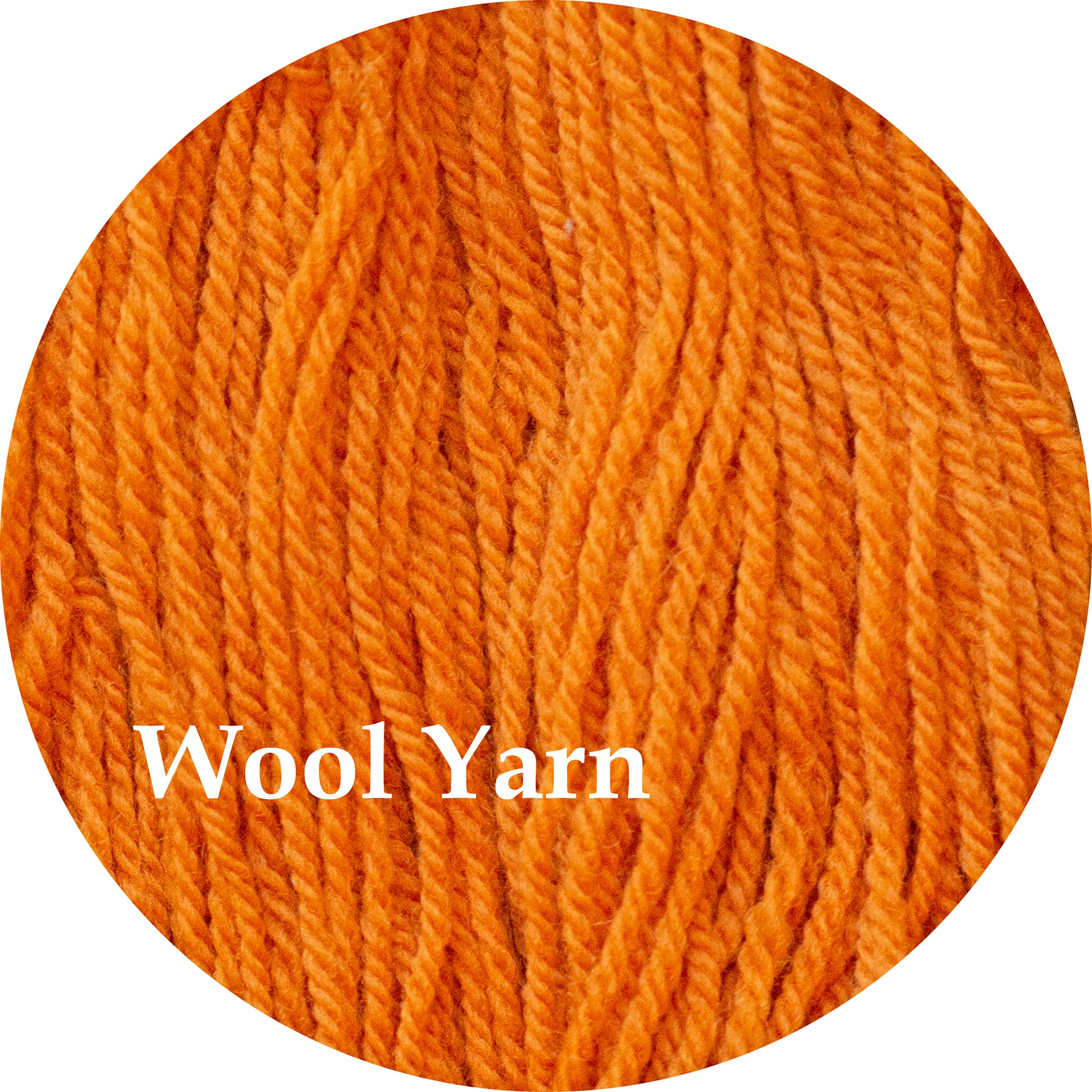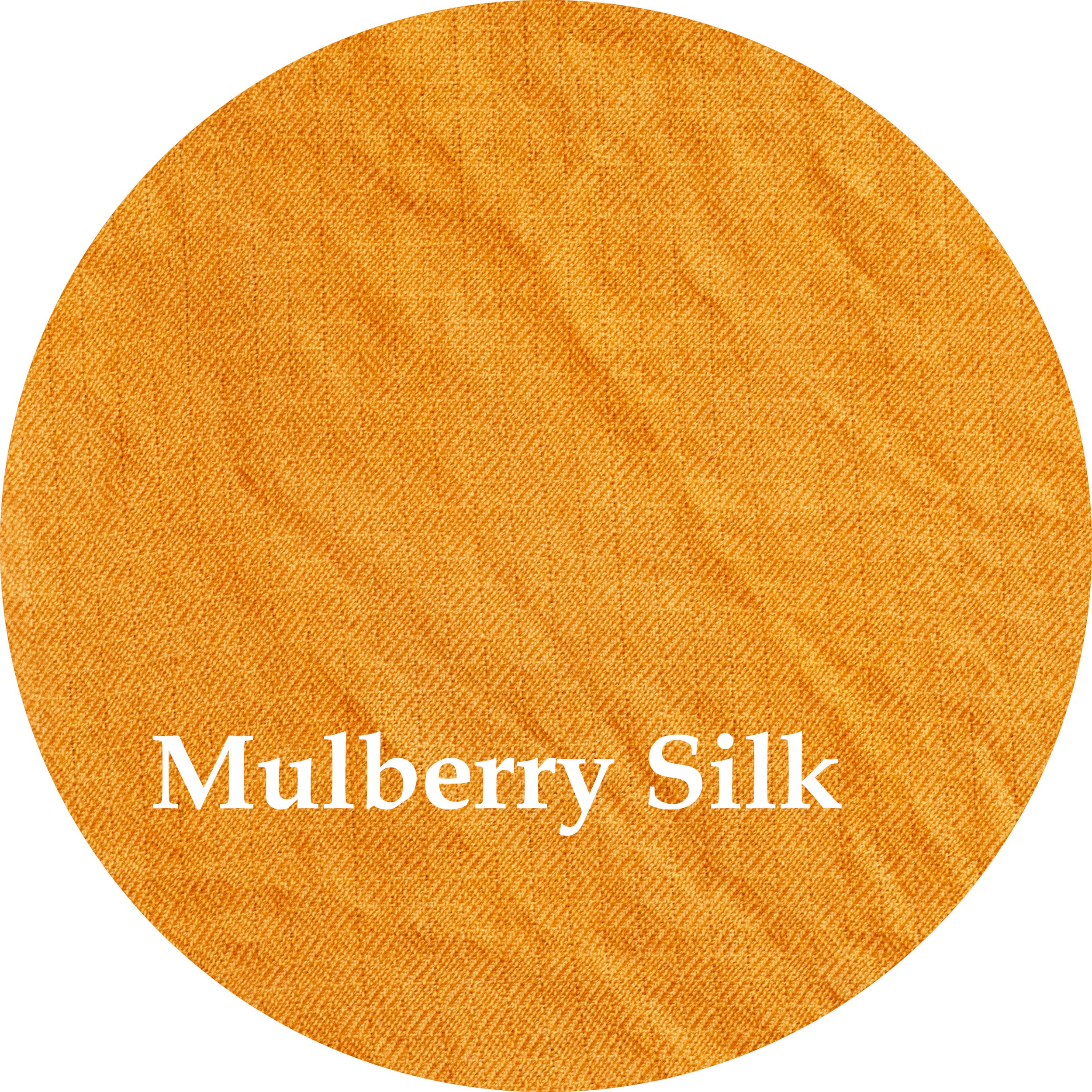 Image 1 of 6
Image 1 of 6

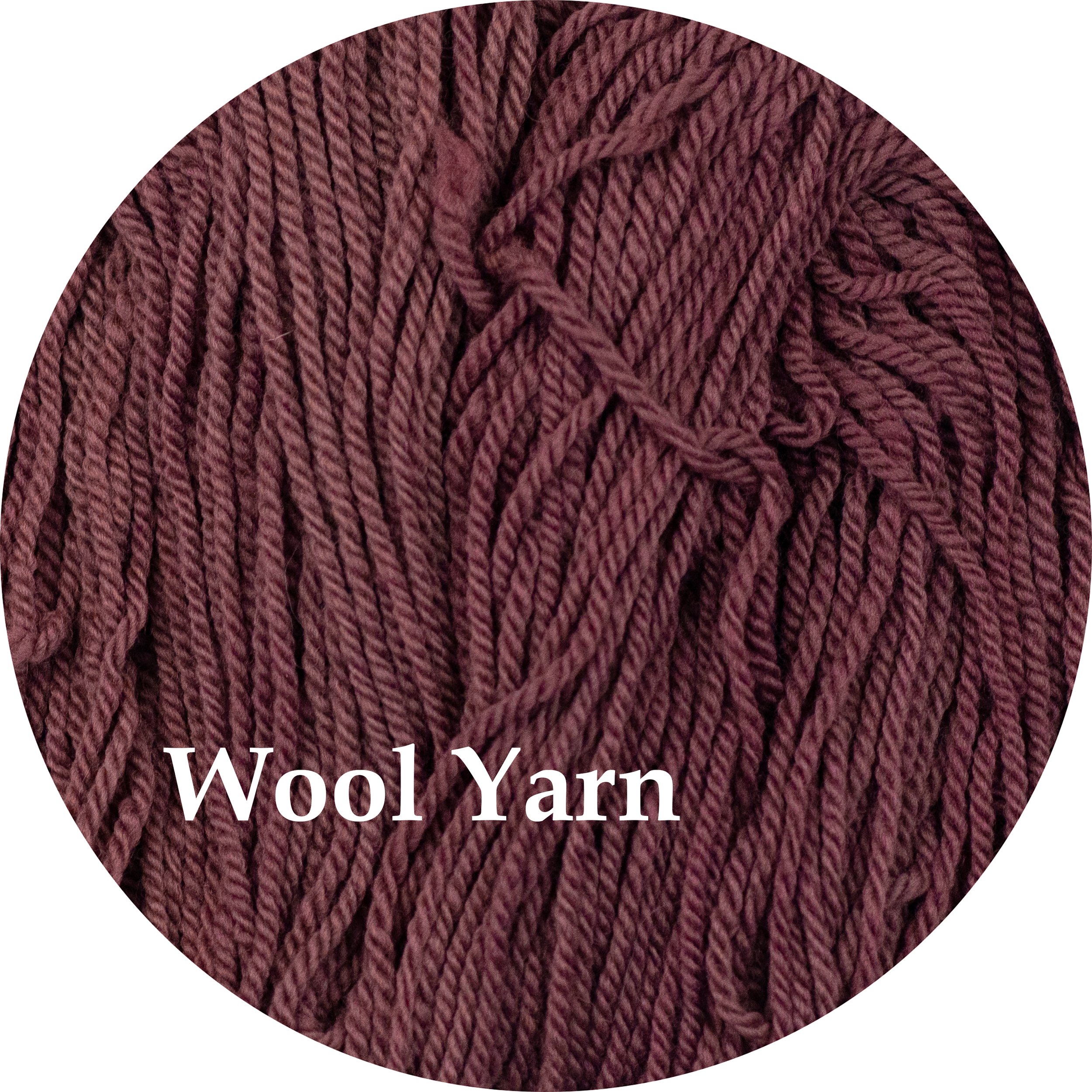 Image 2 of 6
Image 2 of 6

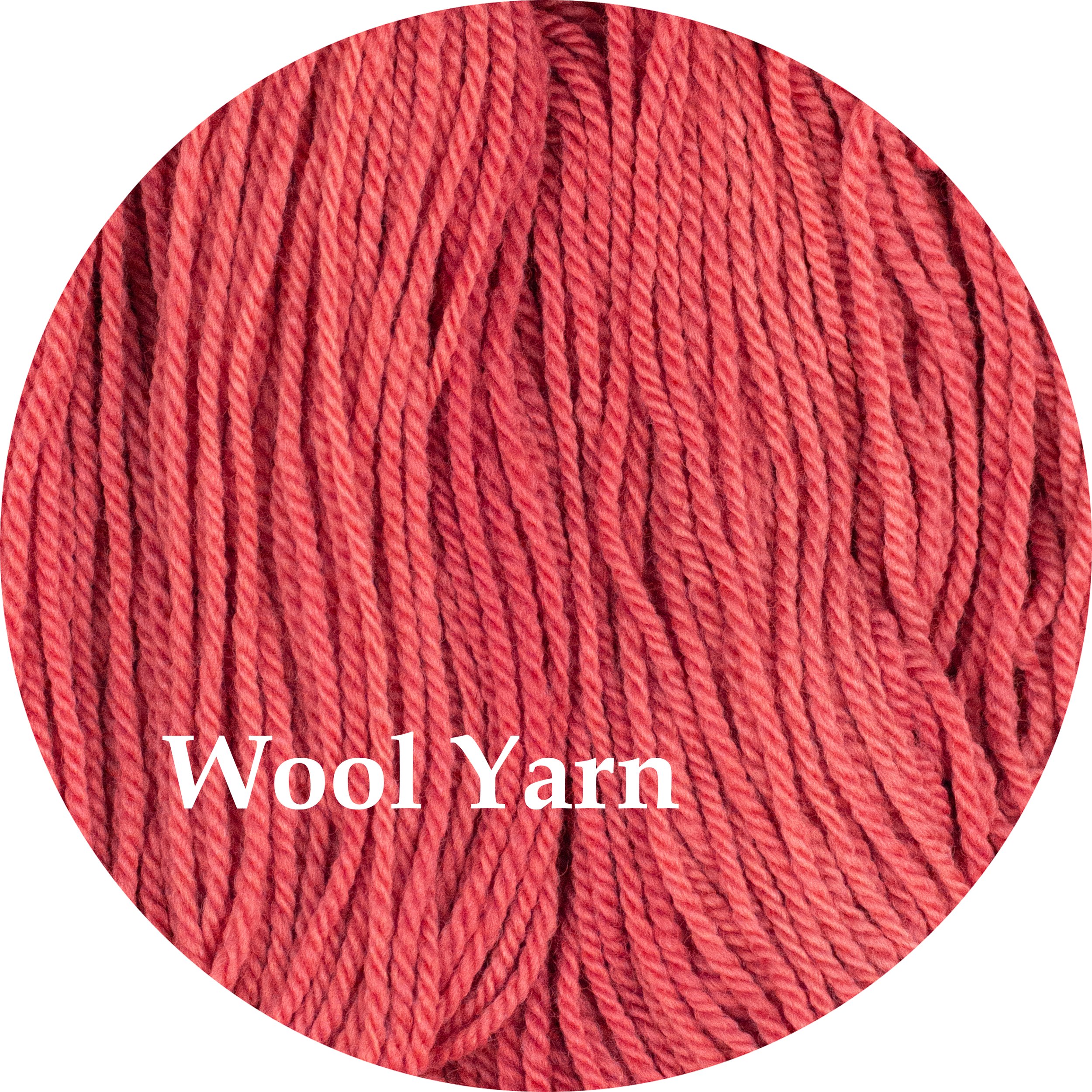 Image 3 of 6
Image 3 of 6

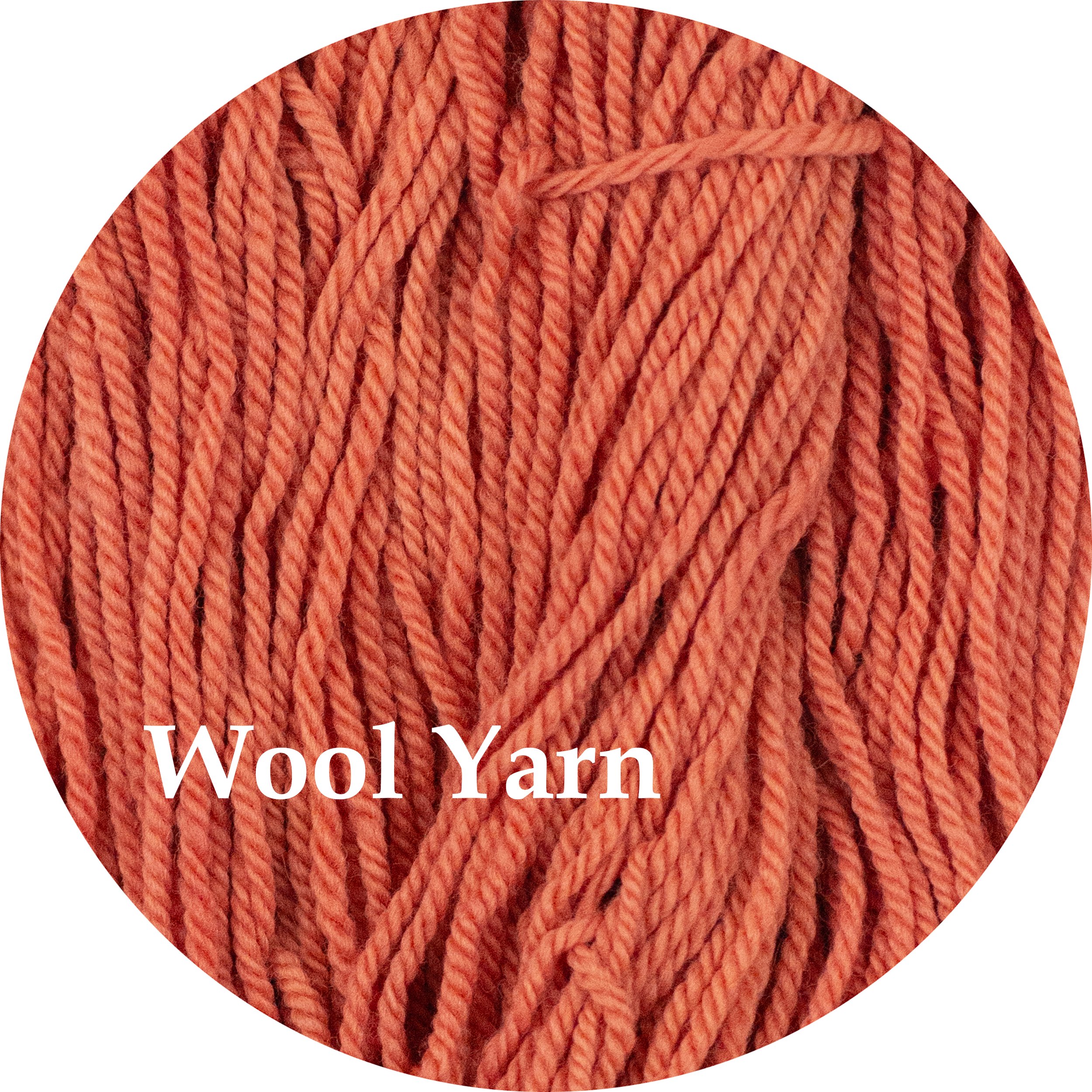 Image 4 of 6
Image 4 of 6

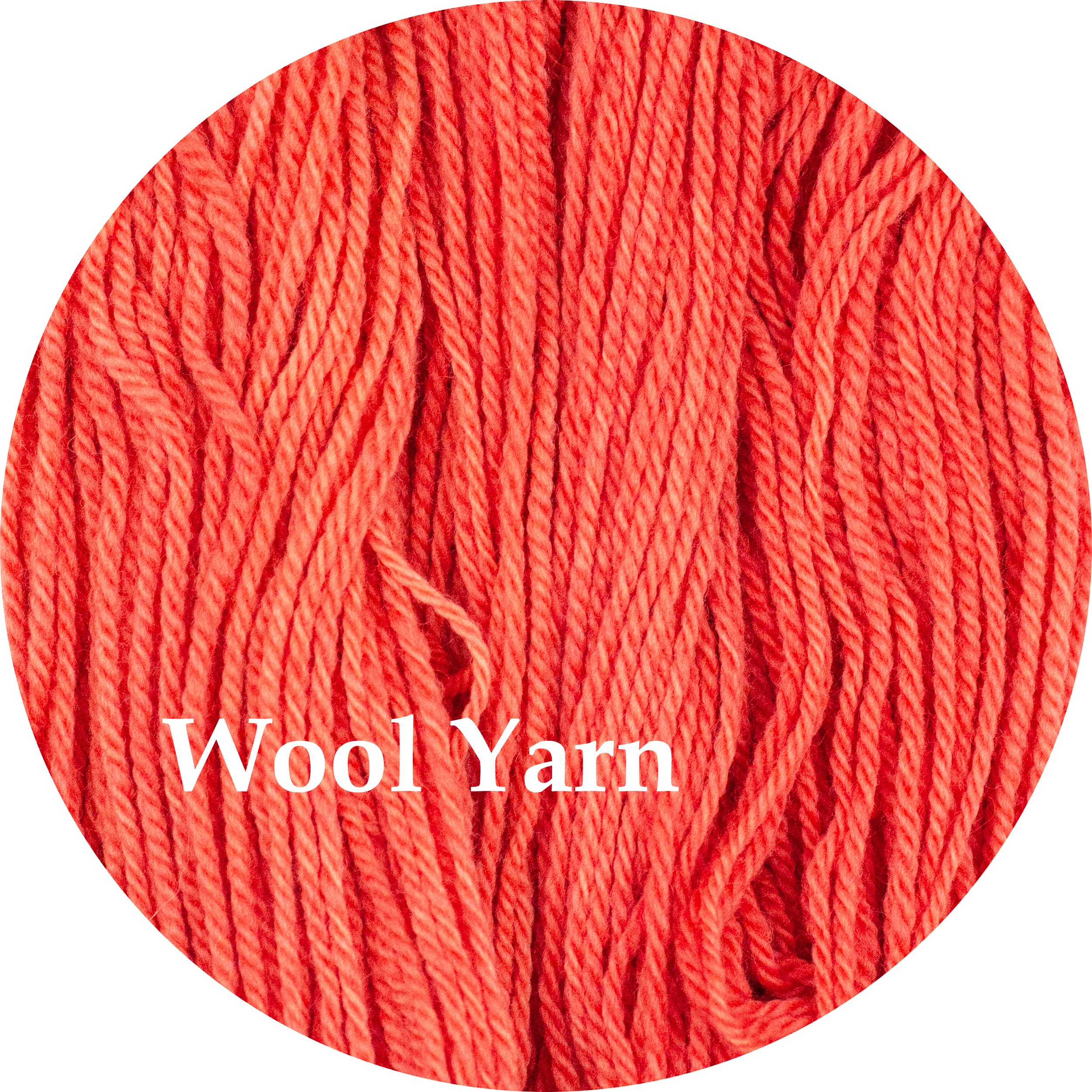 Image 5 of 6
Image 5 of 6

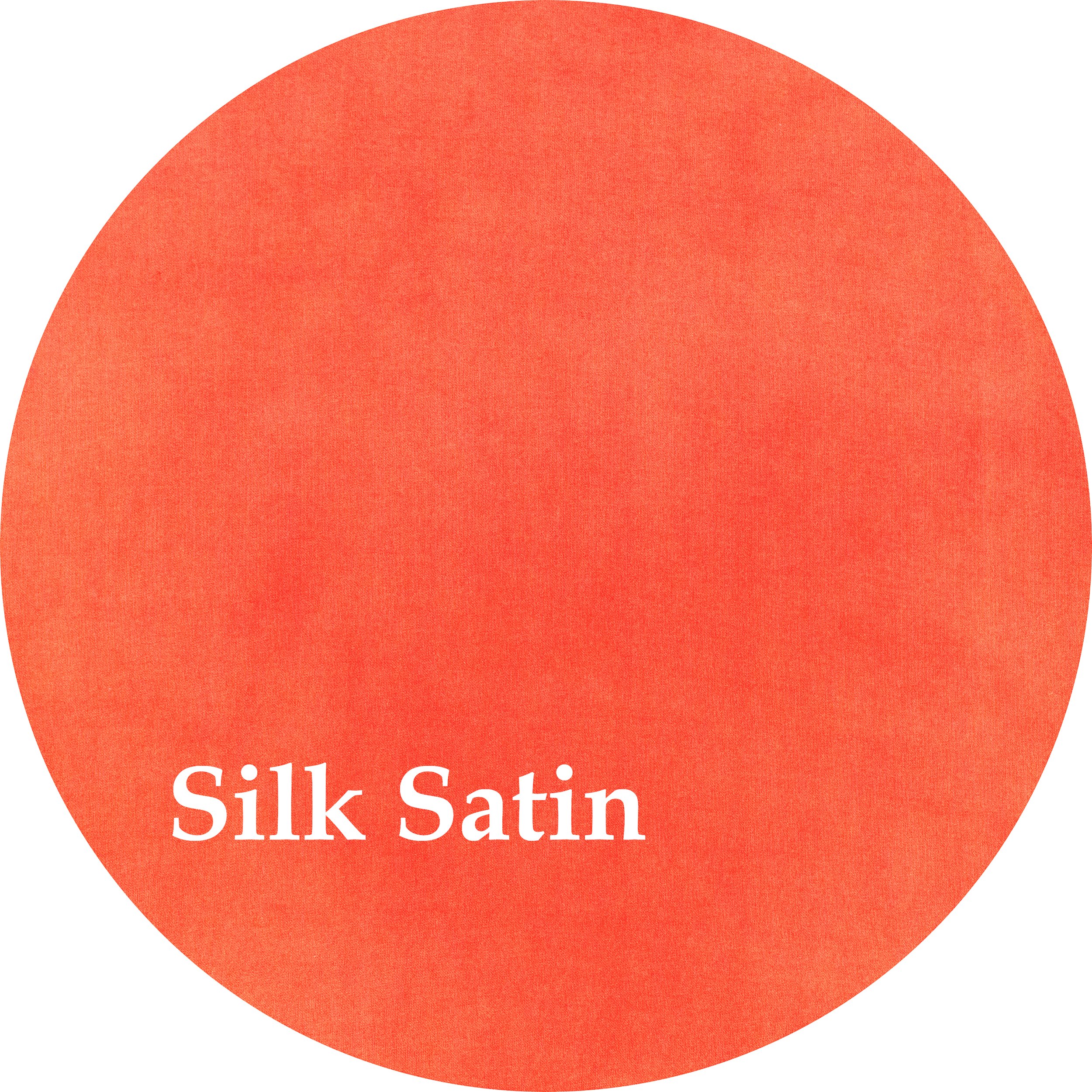 Image 6 of 6
Image 6 of 6







Camwood Natural Dye
Shepherd Textiles Camwood Natural Dye is made from the heartwood of baphia nitida, a small evergreen tree native to West Africa. The red heartwood contains a set of pigments called santarubins that give various brown-red shades on natural fibers. Camwood was known to dyers as one of the three “insoluble reds,” along with Barwood and Red Sandalwood, because the pigments are nearly insoluble in water and have to be extracted either with alcohol or with extended periods of boiling. Camwood was actually one of the most important dyes of the 18th and 19th centuries - it was exported to Europe and the United States in immense quantities to dye reds and pinks as well as compound colors like brown and black. However, it fell into obscurity after the invention of synthetic aniline dyes and was mostly forgotten.
Camwood can be applied either by extracting the wood with alcohol, or through the traditional “stuffing and saddening” method. It gives soft pink and red-brown shades using 30% weight-of-fabric, or deeper pink and eggplant shades using 100%. Check out our Guide to Dyeing with Camwood for more details and color recipes.
Product of Nigeria.
Shepherd Textiles Camwood Natural Dye is made from the heartwood of baphia nitida, a small evergreen tree native to West Africa. The red heartwood contains a set of pigments called santarubins that give various brown-red shades on natural fibers. Camwood was known to dyers as one of the three “insoluble reds,” along with Barwood and Red Sandalwood, because the pigments are nearly insoluble in water and have to be extracted either with alcohol or with extended periods of boiling. Camwood was actually one of the most important dyes of the 18th and 19th centuries - it was exported to Europe and the United States in immense quantities to dye reds and pinks as well as compound colors like brown and black. However, it fell into obscurity after the invention of synthetic aniline dyes and was mostly forgotten.
Camwood can be applied either by extracting the wood with alcohol, or through the traditional “stuffing and saddening” method. It gives soft pink and red-brown shades using 30% weight-of-fabric, or deeper pink and eggplant shades using 100%. Check out our Guide to Dyeing with Camwood for more details and color recipes.
Product of Nigeria.


